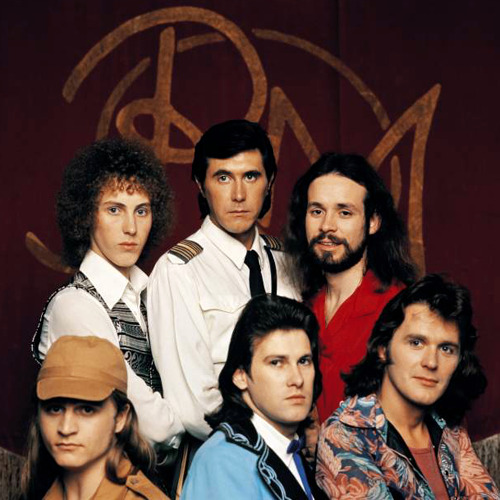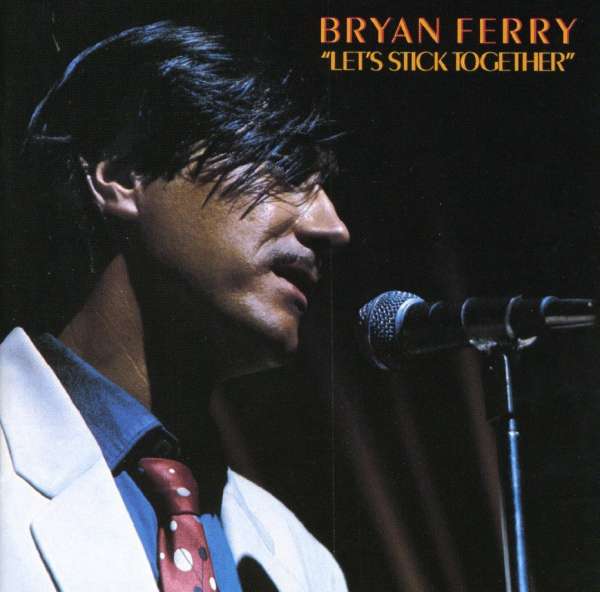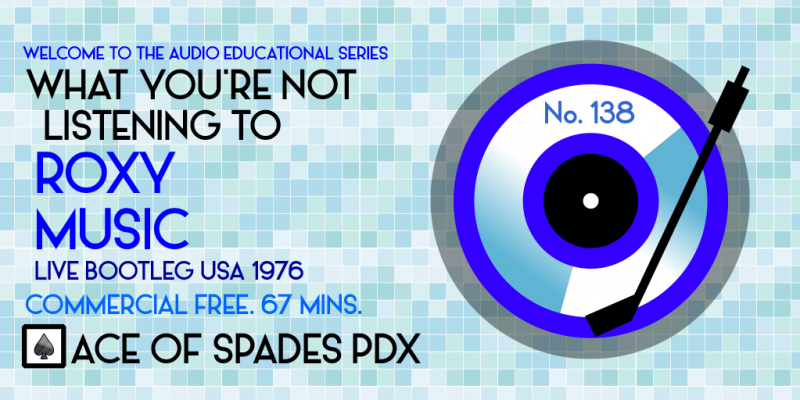Podcast: Play in new window | Download | Embed
For those confused on why the Rock and Roll Hall of Fame inducted Roxy Music, here’s your answer. #roxymusic #RRHOF
Two years ago, the Rock and Roll Hall of Fame announced the selections for the class of 2019. Much considerable debate happened among many music fans, especially the question whether 2019 inductee Janet Jackson was actually a “Rock and Roll” artist. Another inductee, the British Invasion band The Zombies were also named, and those who have heard several of their hits on classic rock radio welcomed their honor. One band seemingly left many scratching their heads, though: Roxy Music.

Granted, Roxy Music never caught in a big way in the United States. They only charted two Billboard Hot 100 singles in their initial studio recording run from 1972-1982 (which was bridged by a hiatus the band took in the mid-1970’s), and only one of those managed to make the top 40. Adding to this was that the band’s sound changed dramatically after their hiatus in 1976, which unknowingly set the stage for the New Wave and New Romantic movements that would follow it.

When the band finally did break through in the States as an album artist, it wasn’t until their final official studio album together, Avalon, which was drenched with synths, melancholy and dreamy landscapes. Rock of the 1980’s Los Angeles radio station KROQ played tracks from the album often, completely ignoring the band’s much different roots.

Much like Queen, Roxy Music were initially Glam Rock artists in the early 1970’s. And much like that band, their early material is often glossed over in favor of more radio-friendly tracks. Whereas Queen were bordering on Hard Rock volume and majesty, Roxy Music were probably the smartest and most classy Avant-Garde Rockers of the Glam period, and could swing like nobody’s business.

In writing for Rolling Stone magazine in February of 1975, reviewer Jim Miller called the band “The zenith of contemporary British art rock.” This live bootleg, taken from an FM radio broadcast, captures the band on their headlining tour of the U.S., which encompassed their first initial run of five albums in just three-and-a-half years, and illustrates why the band’s early work is treasured so greatly.
Roxy Music Live at the Calderone Theatre, Hempstead, Long Island, New York, 08 March 1976
- Sentimental Fool
- The Thrill Of It All
- Love Is The Drug
- Mother Of Pearl
- Bitter Sweet
- Out Of The Blue
- Eddie Jobson Solo
- Whirlwind
- Sea Breezes
- Both Ends Burning
- For Your Pleasure
- Diamond Head
- Wild Weekend
Love to you all.
Ben “Daddy Ben Bear” Brown Jr.
Host, Show Producer, Webmaster, Audio Engineer, Researcher, Videographer and Writer
Instagram: brownjr.ben
Twitter: @BenBrownJunior
LinkedIn: benbrownjunior
Design Site: aospdx.com
“Copyright Disclaimer Under Section 107 of the Copyright Act 1976, allowance is made for ‘fair use’ for purposes such as criticism, comment, news reporting, teaching, scholarship, and research. Fair use is a use permitted by copyright statute that might otherwise be infringing. Non-profit, educational or personal use tips the balance in favor of fair use.”
